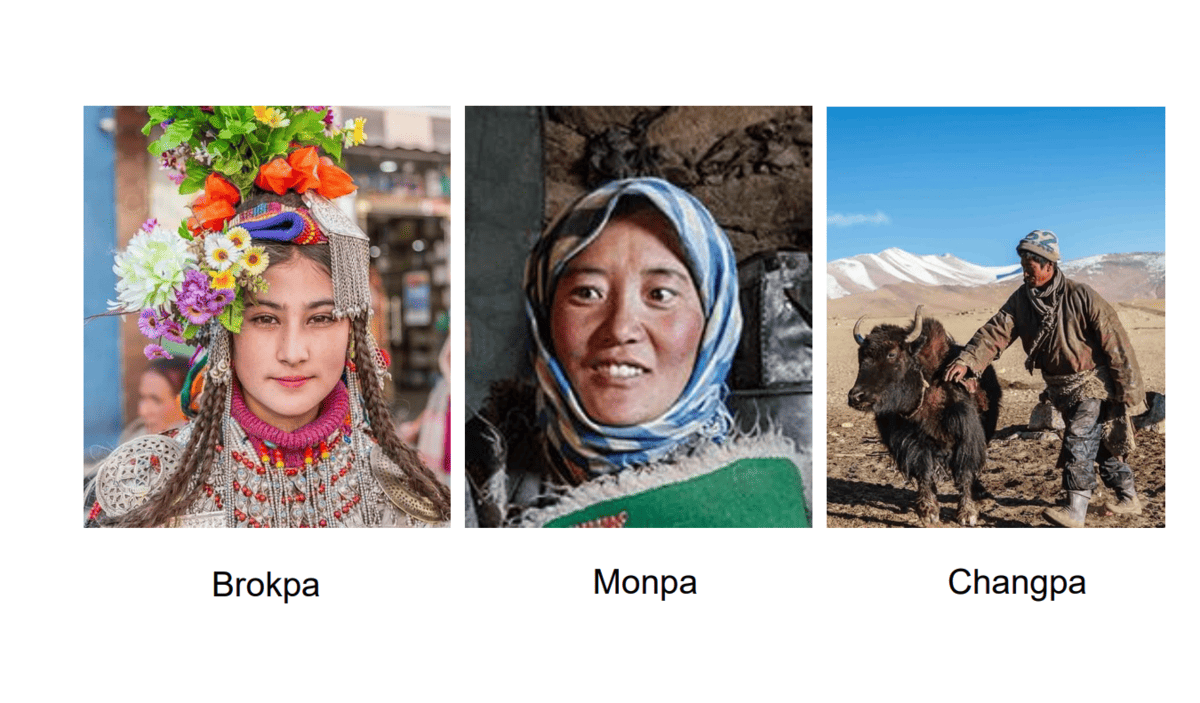
Hyderabad: CSIR-Centre for Cellular and Molecular Biology (CCMB), Hyderabad, looked into genetic and cultural history of Ladakh and found that Changpa and Monpa ethnic groups share similar ancestry, while Brokpa people are different.
Previous research in the Ladakh region only explored patrilineal (father’s line) ancestry. This study, by CCMB’s scientist Kumarasamy Thangaraj and senior scientist, DST-Birbal Sahni Institute of Palaeosciences (BSIP), Lucknow, Niraj Rai, discovered the genetic history of the Ladakhi population for the first time by exploring the matrilineal (mother’s line) ancestry by examining the mitochondrial DNA (mitogenomes) of 108 unrelated individuals from three local groups: Changpa, Brokpa, and Monpa.
This diversity of ethnic Ladakh people includes genetic links to East Asia, Tibet, and South Asia. The Changpa and Monpa’s maternal lineage is older, and it shares some history with Tibeto-Burman speakers, the CCMB study suggests.
Researchers compared the DNA sequence of Ladakh populations with modern and ancient DNA sequences from South Asia, East Asia, Tibet and West Eurasia, and corroborated their findings with archaeological and historical records. Dr Kumarasamy Thangaraj says, “The maternal genetic lineages of the Brokpa, Changpa and Monpa populations of Ladakh region are related to lineages that are commonly found in South Asia, East Asia, and Tibet.”
This study found that Changpa and Monpa share a common maternal genetic ancestor, while Brokpa is distinct and suffered a population decline about 1000-2000 years ago. The researchers further found that Changpa and Monpa showed a genetic affinity with Tibeto-Burman speakers.
“This study strongly suggests that among the extant populations, Brokpa are the most ancient settlers of the region, with very deep mitochondrial lineage going back to the Neolithic period,” said Dr Niraj Rai, co-corresponding author of the paper.
Laddakh lies at a strategic location between the Indus River valley and the Hindu Kush Mountains, which makes this ‘Land of high passes’ one of the major routes for the movement of people. Through the years, the region has faced multi-layered cultural movements, genetic assimilation and demographic changes. The initial settlement in the years goes back to the early Neolithic age (12000 years ago) and still continues despite its harsh, unhospitable and cold climate.



